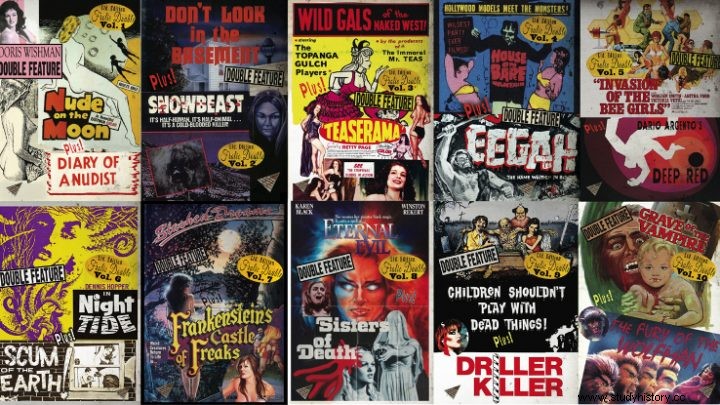
In 2007, Quentin Tarantino released his film Death Proof . The film was part of a double feature with Robert Rodriguez Planet Terror ; the whole movie was called Grindhouse . The goal of Grindhouse was to recreate the experience of watching exploitation movies on dual features in cinemas referred to as grindhouses. Tarantino's film, like Rodriguez's, praised the exploitation of the cinema movement of the 1970s. Specifically, Death Proof mimics the slasher and muscle car genres.
Death Proof and Planet Terror comes from a large number of films from the 1970s. Taken together, these films fall under the banner of exploitation cinema. But under this banner there are countless sub-genres. This article examines the history of cinema utilization, from its rise, decline and rebirth. We will also take a look at some of the prominent genres of exploitation cinema, and list some of the notable films in each genre. Let's first define what cinema utilization means.
Definition
In short, the exploitation of cinema is a movement in which a film, often cheaply produced, is designed to generate a quick profit by referring to or exploiting contemporary cultural issues. Some of these issues include nudity, racism, drug use and violence. Allegedly exploitation films attempt to warn viewers about the consequences of participating in these issues. In most cases, however, these films celebrate or honor controversial material, either through narrative or visual style. Often, the vast material of exploitation films generated huge profits for the filmmakers. Apparently, a significant portion of the population wanted to see controversial material on the big screen.
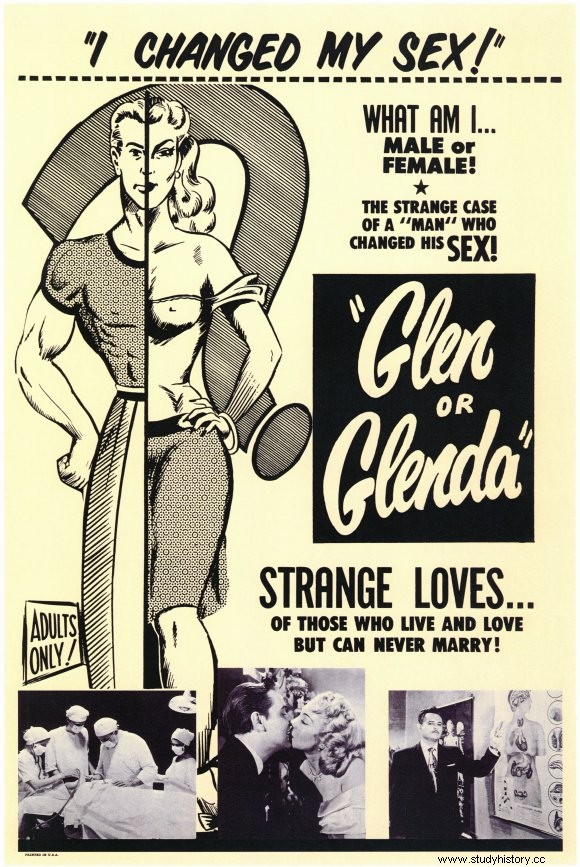
The low production costs of many exploitation films give them an uneven and unclear appearance. This visual style only contributed to the controversial theme of these films.
As mentioned, several genres and sub-genres exist within utilization cinema. Over time, these genres and subgenres beat out very formal movies to make a quick profit.
Now that we've defined the use of cinema, let's go on a journey through history.
Beginning
While the exploitation cinema exploded during the 1960s and 1970s, it had been in place since the 1920s. It was during that decade that films with sex, sensational violence, drug use and the bizarre became popular with the public. In the 1930s and 1940s, exploitation films avoided strict censorship by claiming to be instructive. This strategy created the cautious film genre:films that warned viewers to engage in cruel acts. The usual content of these films was sex before marriage and drug use. A famous movie from this genre is from 1938 See Madness . This film warned young viewers about the dangers of using marijuana. By today's standards, the film is quite tame and even comical.
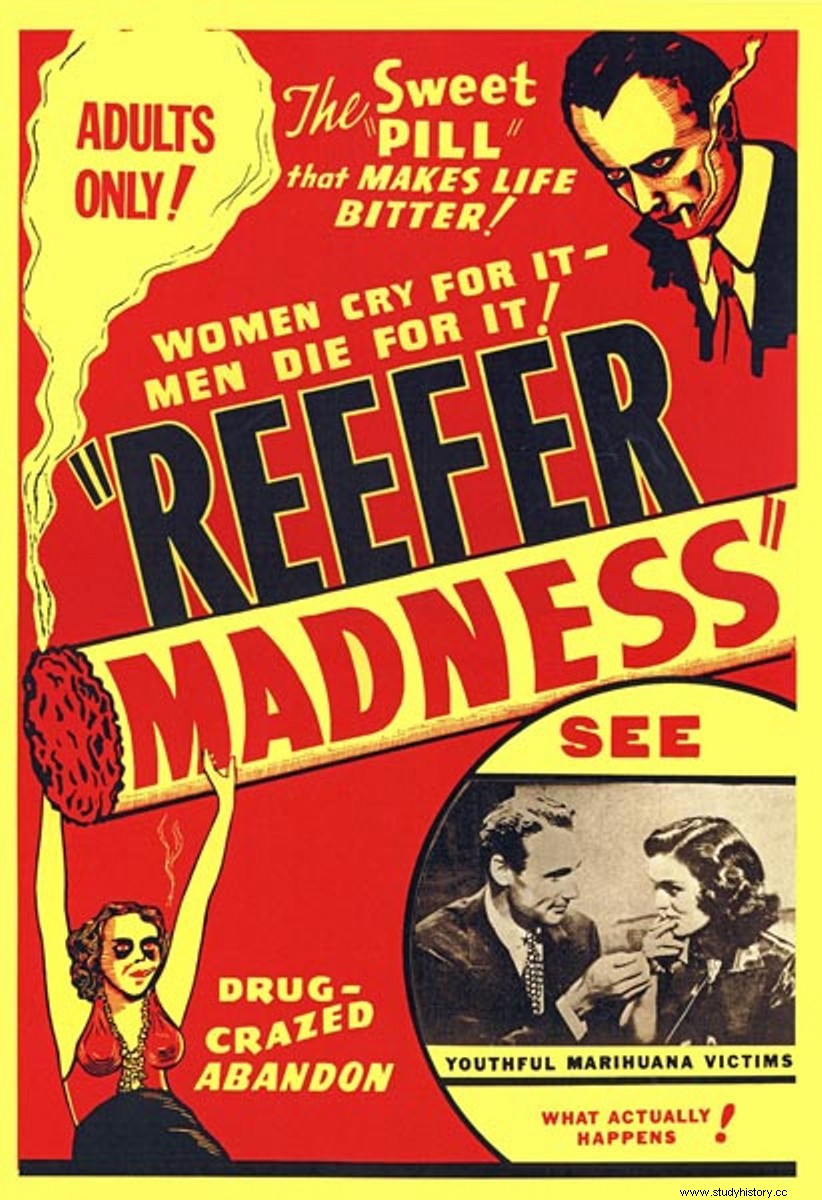
Dividend cinema continued to grow in the 1950s. During this decade, a number of low-budget films were produced. These films were mostly in the genres of science fiction, horror and suspense. As with other exploitation films, these low-budget productions were designed to give filmmakers a quick profit.
Emergency
Exploitation cinema became really popular during the 1960s and 1970s. The main reason for this increase in popularity came from a relaxation of censorship boards. The motherboard was the Motion Picture Production Code, popularly known as the Hays Code. The Hays code that was posted was acceptable and unacceptable material to be shown in a movie. The code was strictly enforced. It severely limited what a director could show in his film; this limited their creative freedom.
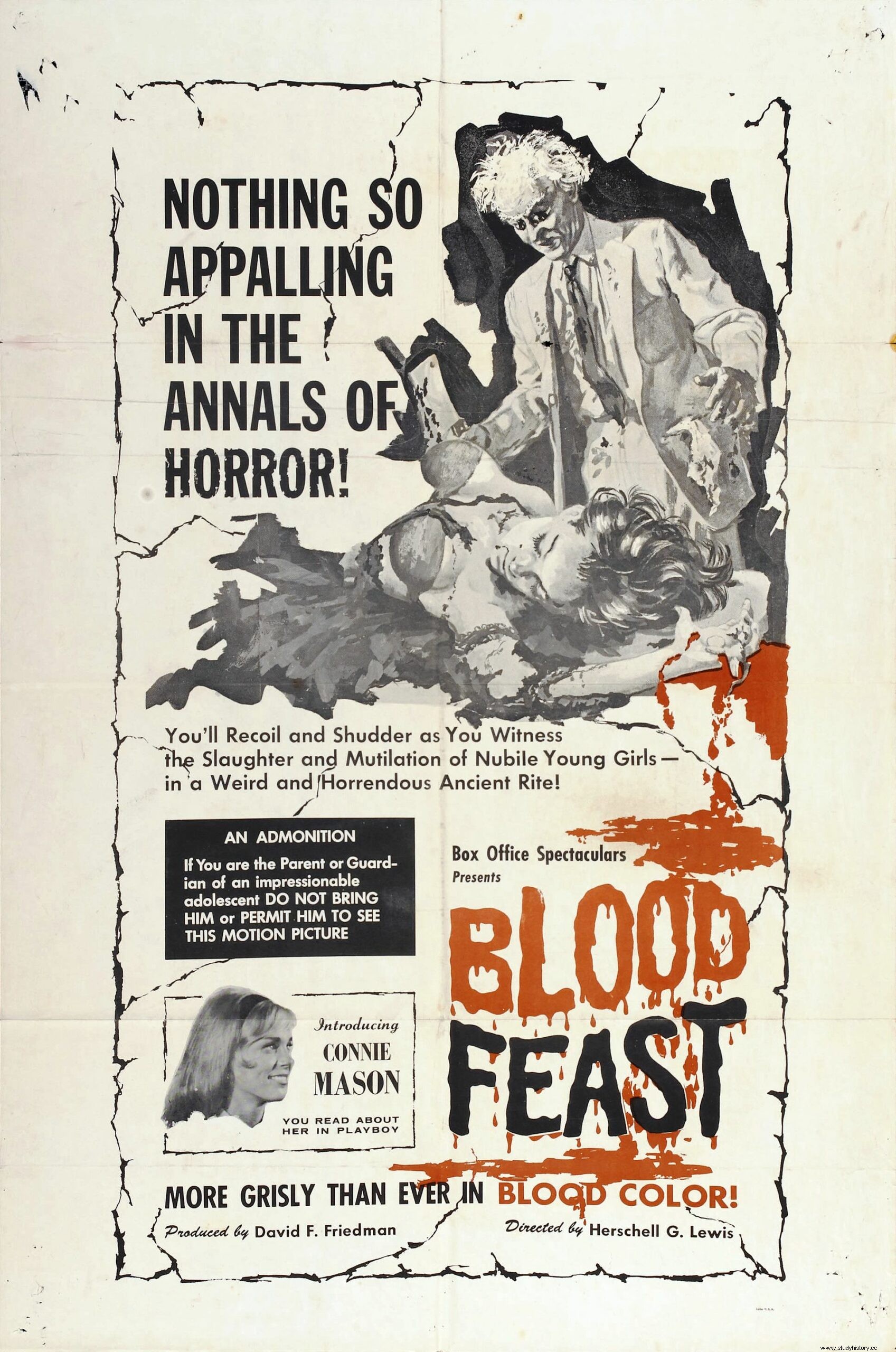
The code was enforced in 1934 and remained in place for 34 years. Then, in 1968, the Hays Code was replaced by the MPAA ranking system. The production code had been in steady decline for many years, with several films pushing the boundaries of what could be shown. David F. Friedman and Herschell Gordon Lewis produced bloody horror films such as Bloodfest (1963). George Romero released Night of the Living Dead in 1968. That movie showed scenes of division and zombies eating human flesh; This was extremely graphic at the time. These examples show that filmmakers became bolder in what they included in their films. They challenged the system.
A replacement assessment board was needed. The MPAA system gave movies more freedom, mainly due to the new rating system; for example G for general audiences and R as in limited. Now filmmakers can add scary material to their films and market it to an R audience.
The King of Exploitation

In the 1960s, there was a boom period for exploitation films. And without a doubt the king of exploitation films was Roger Corman. During his career, Corman directed or produced more than 400 films. He made his movies fast and cheap. Some notable Corman images include Bucket of Blood (1959) and Little Shop of Horrors (1960).
In addition to directing his own films, Corman supervised and provided opportunities for several well-known directors. Francis Ford Coppola, Martin Scorsese and James Cameron all began directing low-budget films produced by Corman. Corman eventually established his own production company, Pictures from the New World. This company became one of the largest players in the exploitation film industry, producing images such as Death Race 2000 (1975).
Well into the 70's and 80's, Roger Corman continued to produce exploitation films. He gave many more directors his breakthrough in the film industry, guided and helped to refine the craft.
Boom Period
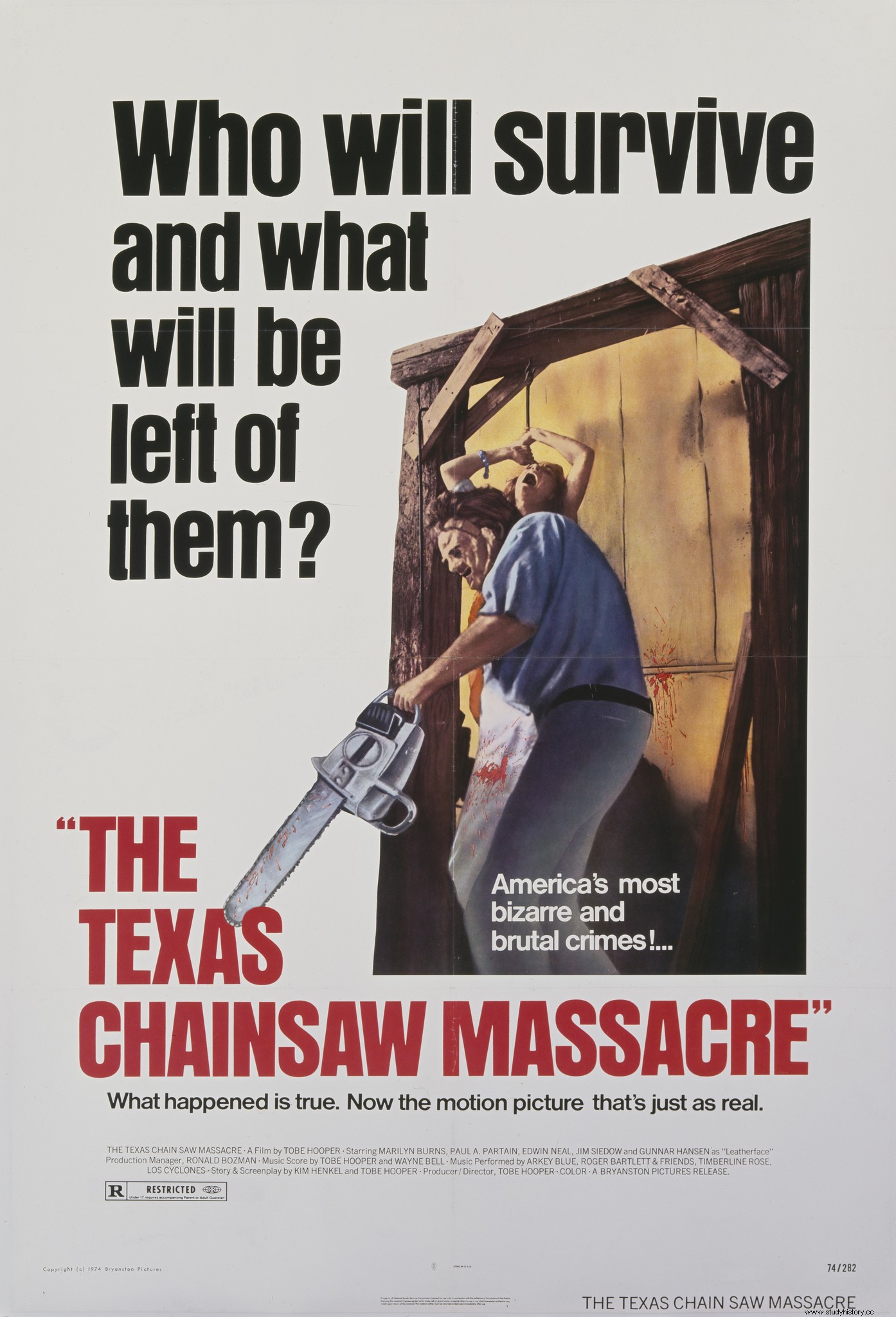
When the 1970s began, cinema exploded as a market. The film industry was flooded with cheaply made films that contained sensational material. While exploitation films were often associated with sleaze and violence, several important films emerged during this era. Kim Henkels and Tobe Hooper Texas Chainsaw Massacre (1974) was made during this time. The film was shot on a reasonable budget and featured scenes of graphic violence. The film's cruel and realistic visual style influenced many future directors and films. The Texas Chainsaw Massacre is still an important piece of film history.
Some directors used avant-garde and experimental techniques in their films. Jump cuts, freezer frames and other editing tricks were used in many exploitation films. Read more about experimental filmmaking here ..
Many directors used exploitation films to address contemporary social and political issues. Researchers claim that the exploitation of horror films in the 1970s attacked issues such as the Vietnam War, the economy, and women's and civil rights movements. For example, the violence of a horror film mirrored the violence of the Vietnam War. Activist Robin Wood investigated how The Texas Chainsaw Massacre criticized the capitalist patriarchy. This shows that not all exploitation movies were bad movies. Many raised important questions during the day, something several regular movies did not.
Grindhuset
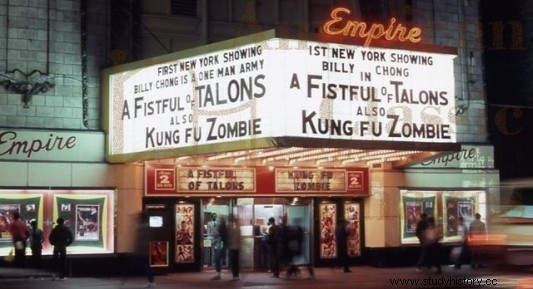
With the popularity of cinema utilization came a new type of theater:grindhouse. Grindhouse refers to a theater that mainly shows exploitation films. So where did the word "grindhouse" come from? Some believe that the origins lie in burlesque theaters on New York City's 42nd Street. The main attraction in these theaters was striptease and "Bump'n'grind" dances. Once burlesque theaters were closed down, they were transformed into exploitation theaters. The new owners named the theaters their grindhouse after the popular dances previously shown in the building.
As gatehouses grew in popularity, filmmakers began making films specifically for these theaters. The films ranged from action to horror to even pornography. The quality varied due to the film's low budget. But many grindhouse movies became cult classics. To attract the public, grindhouses offered double, triple or full night views for a single entrance fee. This meant that the audience could watch two, three or as many movies as they wanted for a cheap price.
The advent of home video and cable movie channels spelled the end for grindhouse theaters. In the 1980s, grinding houses were obsolete. However, nostalgia remains for these theaters. The Grindhouse theaters have their own cult feeling that is still strong today.
Modern exploitation
The cinema renaissance for exploitation slowly declined after the 1970s. Low-budget films were still made in the 1980s, but they did not attract the same large audience in the 1970s. It seemed like the exploitation of the cinema was dead.
Then, in the 1990s, a new crop of directors appeared who celebrated exploitation films. Quentin Tarantino and Robert Rodriguez incorporated exploitation film elements into their own films. The two wanted to direct films for the 2007 years Grindhouse , a celebration of grindhouse movies.
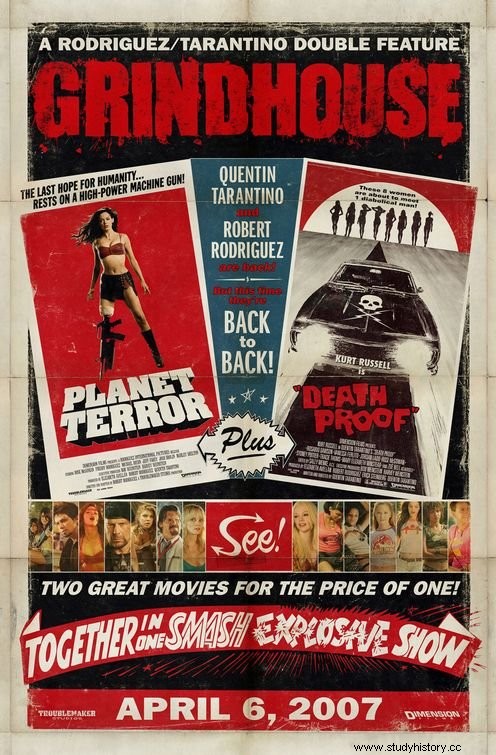
Despite being dead for a long time, the exploitation cinema continues to generate a significant fan base.
Popular genres
As mentioned, exploitation cinema has many genres and sub-genres that are too many to mention. Here are some of the famous genres and subgenres. Sample movies for each category will also be listed.
Blaxploitation

This genre appeared in 1970. Blaxploitation films were made especially for urban black audiences. Consequently, blaxploitation films depict themes and material that African American audiences could relate to:for example, racism, poverty, and inner-city violence. Most films in this genre were shot in either New York City or Los Angeles, which had large black populations. The main characters in these films were usually drug dealers, pimps or gangsters. Antagonists tended to be corrupt white authority figures, such as politicians, judges or police officers. A typical Blaxploitation plotline involved a black protagonist trying to overcome adversity caused by evil white people. In most cases, the black hero defeats the white villain. Other brands of blaxploitation movies include ghetto settings and funk soundtracks.
The debate surrounds the origins of blaxploitation. Some magazines are called the 1971s Sweet Sweetbacks Baadasssss song as the first film in the genre. The film, directed by Melvin Van Peebles, features blaxploitation troops:corrupt cops and black power. However, the movie that really started in the blaxploitation genre is the 1971 number Shaft . Directed by Gordon Parks, Shaft The main character is a private detective, John Shaft. Shaft had all the things that make blaxploitation great:a charismatic hero, an urban setting and a popular funk soundtrack.
The 1970s was full of blaxploitation movies. The genre declined somewhat during the 1980s. But the genre was reborn in the 1990s. In 1997, Quentin Tarantino released Jackie Brown , a tribute to the 70s blak utilization. Tarantino cast blaxploitation star Pam Grier as the main character, and the posters for Jackie Brown referred to the 1974 Grier film Foxy Brown .
Cannibal films
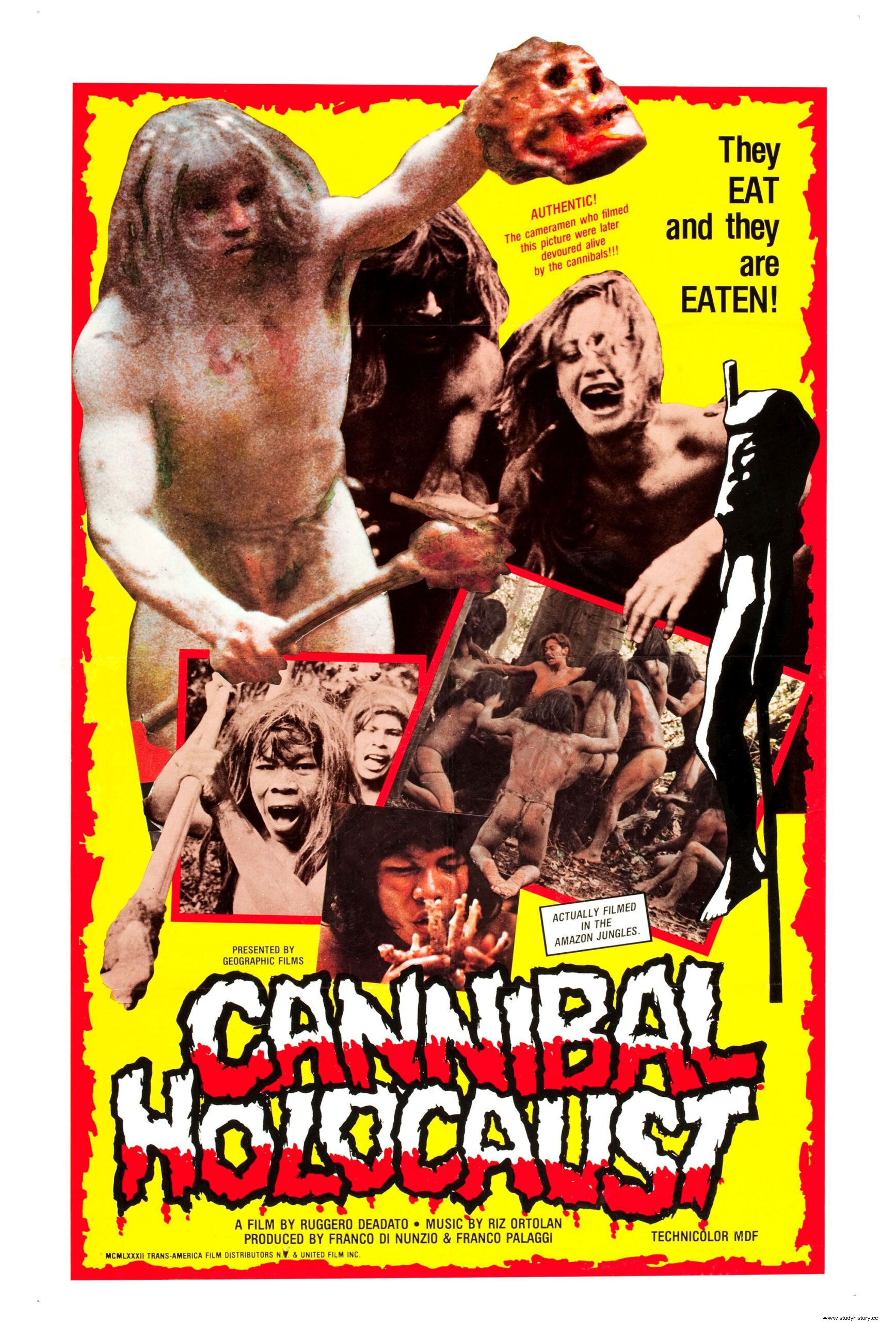
This exploitation cinema subgenre was a specialty of Italian filmmakers during the 1970s and 1980s. Most cannibal films depict cannibalism practiced by primitive tribes located in South American or Asian jungles. Usually, an American or European explorer encounters the tribe and must escape them.
Cannibal movies are characterized by exotic locals and graphic and realistic violence. Violence takes many forms, such as rape, torture and animal cruelty. The brutal violence of cannibal films is considered the trademark of the genre.
The subgenre officially started in 1972 with Umberto Lenzi The Man from the Deep River . Lenzi's film led to a boom period for cannibal films. This period lasted from 1977-1981. The year 1980 was a fruitful period for cannibal films; several famous films were made that year. Most famous of all was Rugerro Deodato Cannibal Holocaust . This film lives notorious for its graphic, realistic and relentless violence. The violence was so realistic that Deodato was charged with the murder of one of the actors. Despite the controversy, Cannibal Holocaust was a huge success. However, Deodato's film spelled the end of the cannibal film genre. The violence deterred many people. Audiences realized how distasteful many of these films really were. By the end of the '80s, cannibalism was virtually over.
Slasher-films
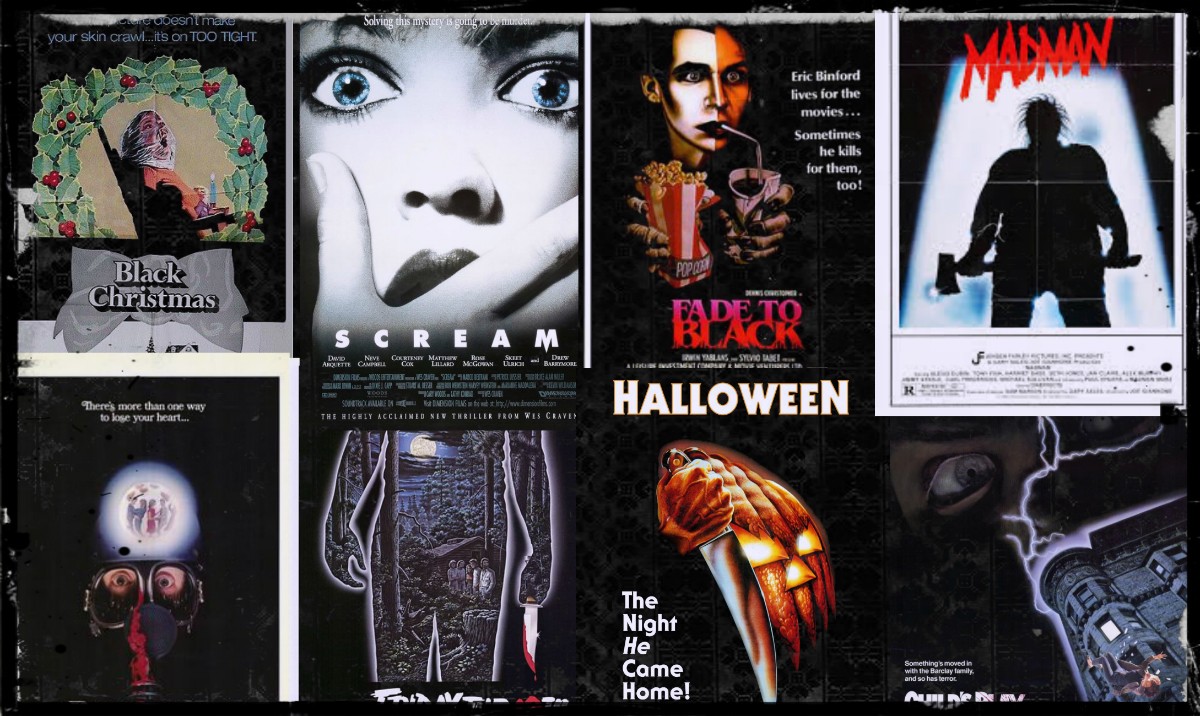
Without a doubt, slasher movies are the most popular genre in exploitation movies. The usual slasher film plotline centers around a psychopath who persecutes and kills a group of victims, usually teenagers or young adults. A famous slasher movie trope is the last girl:a young woman left alone to confront and defeat the villain. Sex and drug use are other features of slasher movies.
Early slasher films include Alfred Hitchcock's Psycho (1960). Bob Clarke Black Christmas (1974) is considered the originator of the genre. Clark's film introduced several slasher film troops:the last girl, graphic violence and adopted the killer's perspective. But the movie that popularized slasher movies was John Carpenter's Halloween (1978). Carpentry added extra troops:the masked killer, the killer's troubled past and the victims who were more interested in sex and drug use.
Halloween launched an explosion of slasher films, all of which came in the 1980s. Some examples include Friday the 13th (1980) and A Nightmare On Elm Street (1984). Eventually, slasher films became very formulaic. The genre petered out in the late 1980s. Slasher movies made it regain some popularity in 1996 with the release of Scream . But the boom period for slasher movies is over. However, the genre is still celebrated by horror movie fans.
Canusploitation
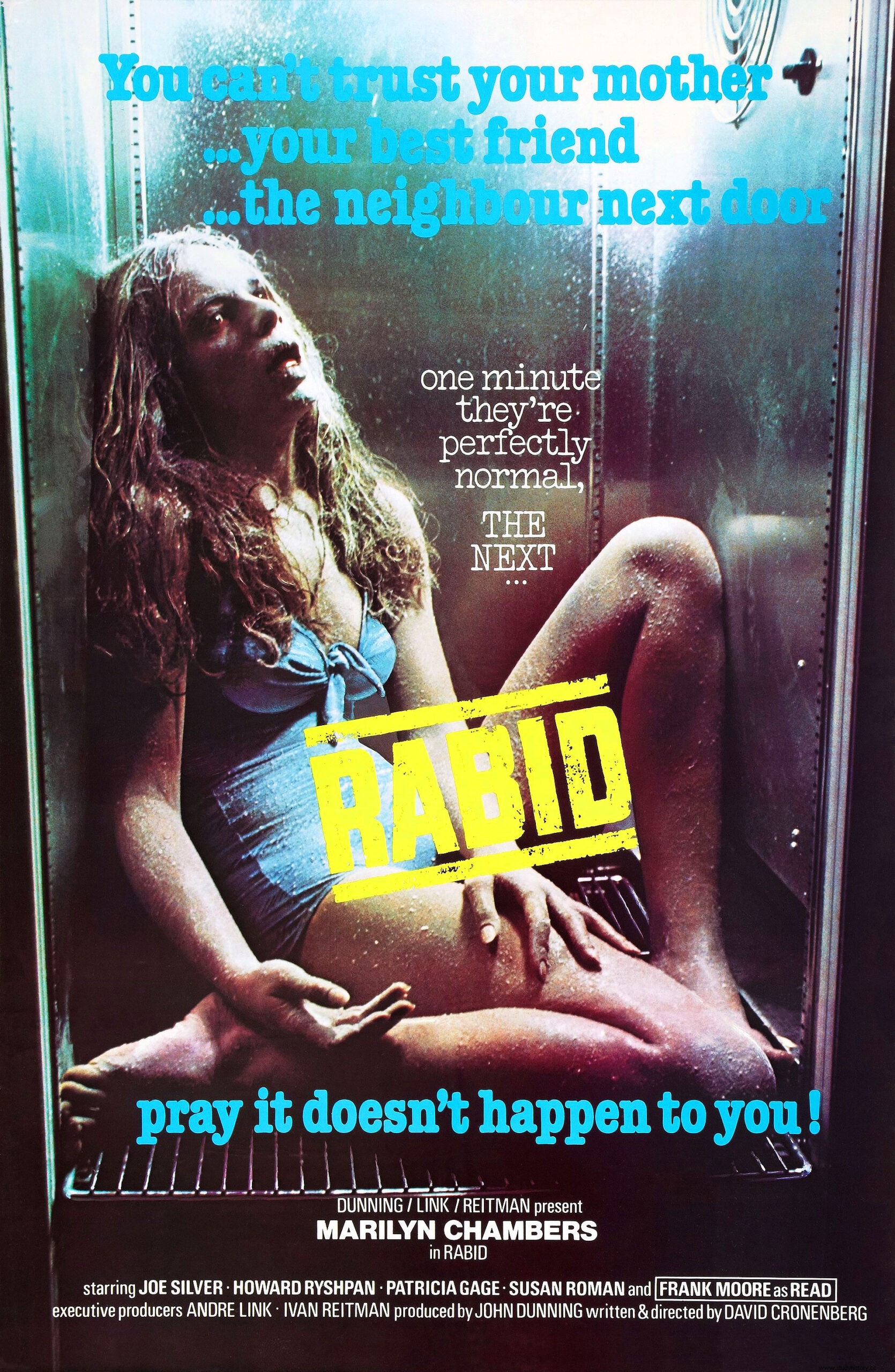
This subgenre comes from Great White North. Canuxploitation refers to B-movies made in Canada. Film researchers also refer to this period of Canadian film as "Tax Protection Age". This term comes from new regulations that were put in place by the Canadian government in 1974. The regulations were intended to start the new Canadian film industry by giving filmmakers tax breaks.
The tax protection period resulted in many low-budget horror films. Among them was Bob Clark Black Christmas . David Cronenberg also began during this era. His films Shivers (1975) and Rabid (1977) are two cult classics from the Canadian horror film movement.
American directors began to take advantage of the tax cuts. These directors, whose films were rejected by Hollywood, went north to make their films quickly and cheaply. Other American directors used the system as a tax haven so their films were not meant to make a conventional profit.
Canuxploitation effectively ended in 1982 when tax breaks were lowered. While many look at the movement above, others claim that Canuxploiatation continues to this day. The Canadian horror film Cube (1997) is seen as a modern approach to Canuxploitation.
In the sea of exploitation film genres, Canada can claim its very own, distinctive genre:Canuxploitation.
A unique film movement
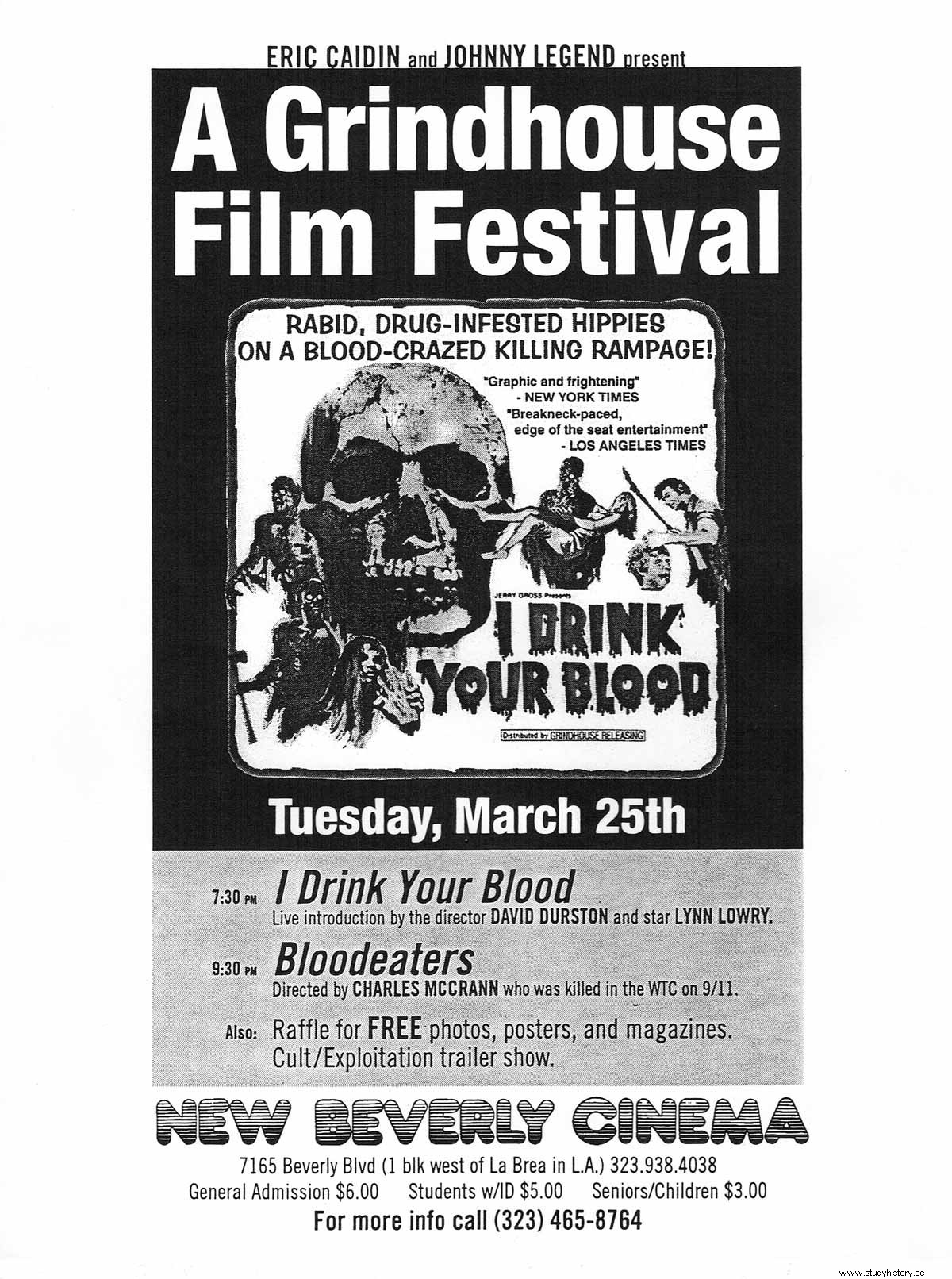
Exploitation cinema has always been a part of film history. Since the 1920s, exploitation films have attracted audiences with controversial and sensational themes and material. The movement underwent a period of upswing in the 1970s. Out of that boom period came various sub-genres:blaxploitation, cannibal films, slasher films and Canada's own Canuxploitation. The popularity of exploitation films resulted in theaters dedicated to showing these films. They were called grindhouses.
After the 1970s, the exploitation cinema slowly fell from the public eye. However, a new generation of directors rose to celebrate grindhouse movies. These directors placed references to exploitation films in their own films. In 2007, the double film Grindhouse was released. Directors Robert Rodriguez and Quentin Tarantino each directed their own exploitation film. In 2012, Synapes Films released a Bluray collection of movie trailers for use. It's called 42nd Street Forever.
These latest releases show that exploitation cinema is not an extinct film movement. In fact, legions of movie fans continue to celebrate this unique piece of movie history.
Check out more articles on film history and film culture. Or read more about pop culture and art.
